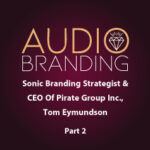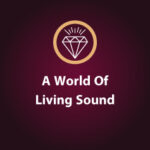This is the second part of my interview with Tom Eymundson. This part dives in deeper to the bigger necessity of having an audio brand. This audio brand is the connective tissue to your customers. Tom really lays out for us how important an audio brand is as we move into this next decade. We […]
soundscape
A World of Living Sound
So much has changed about our world, from one century to the next, even from year to year. Just imagine taking someone even from the 1980s and dropping them into the world we live in right now, much less someone from a hundred or two hundred years ago. But all the way back through history, […]

